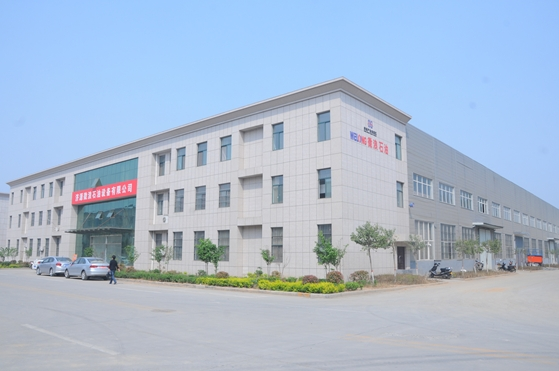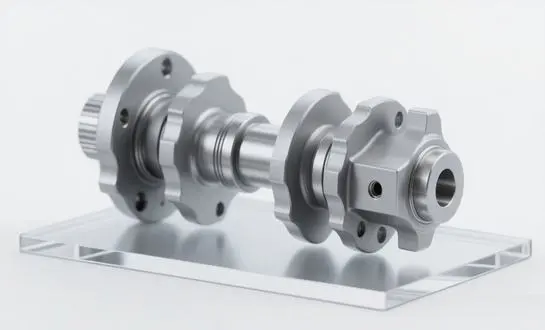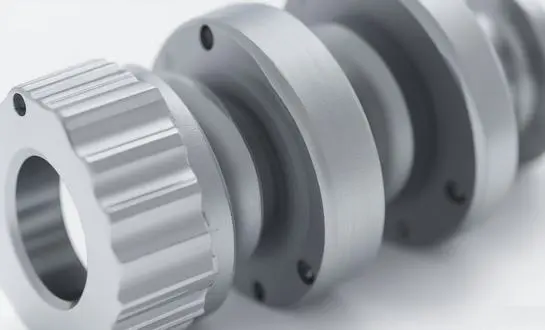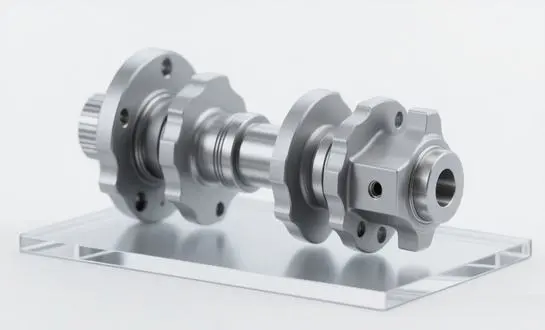The choice between casting and forging can significantly impact the performance, durability, and cost-effectiveness of metal components. While casting has been a go-to method for many applications, forging often proves superior, especially when it comes to producing high-strength, fatigue-resistant parts like shafts. Let's dive deeper into the world of metal forming and discover why forging is increasingly becoming the preferred choice for many industries.
When to choose forging over casting for shaft production?
Strength and Durability Considerations
When it comes to producing shafts that require exceptional strength and durability, forging often takes the lead. The forging process aligns the metal's grain structure, resulting in a more uniform and stronger component. This is particularly crucial for shafts that endure high stress and frequent load cycles, such as those used in heavy machinery or automotive applications.
Precision and Dimensional Accuracy
While casting can produce complex shapes, forging excels in creating parts with tighter tolerances and superior dimensional accuracy. This precision is vital for shafts that need to fit perfectly within assemblies or maintain critical tolerances during operation. The controlled deformation process in forging allows for better predictability and consistency in the final product.
Material Efficiency and Waste Reduction
Shaft forging typically requires less raw material than casting to produce the same part. This is because the forging process shapes the metal more efficiently, with less waste material. For shaft production, this can translate to significant cost savings, especially when working with expensive alloys or materials. Additionally, the reduced material waste aligns with sustainable manufacturing practices, an increasingly important consideration in today's industry. Shaft forging, with its material efficiency, helps manufacturers optimize production while reducing their environmental impact.
Fatigue resistance: Why forged shafts outperform cast ones
Grain Structure and Material Properties
The superior fatigue resistance of forged shafts stems from their unique grain structure. During the shaft forging process, the metal's grains are compressed and aligned, creating a more uniform and denser structure. This alignment significantly enhances the shaft's ability to withstand cyclic loading and resist crack initiation and propagation. In contrast, cast shafts often have a more random grain structure, which can lead to weak points and reduced fatigue resistance.
Reduced Internal Defects
Forging processes, especially when combined with proper heat treatment, can drastically reduce internal defects such as porosity and inclusions. These defects, more common in cast parts, act as stress concentrators and potential failure points under cyclic loading. The reduction of these defects in forged shafts contributes significantly to their superior fatigue performance, making them ideal for applications where reliability is paramount.
Surface Finish and Stress Distribution
The surface quality of a shaft plays a crucial role in its fatigue resistance. Forged shafts typically exhibit a smoother surface finish compared to cast ones, which can be prone to surface imperfections. This smoother surface reduces stress concentration points, leading to better overall fatigue performance. Additionally, the forging process allows for more controlled stress distribution throughout the shaft, further enhancing its ability to withstand repeated loading cycles.
Can hybrid casting-forging processes offer the best of both worlds?
Combining Technologies for Optimal Results
As manufacturing technologies evolve, hybrid processes that combine the advantages of both casting and shaft forging are emerging. These innovative approaches aim to harness the complex shape capabilities of casting with the strength and durability benefits of forging. For instance, a shaft might be initially cast to achieve a near-net shape, followed by selective forging of critical areas to enhance strength and fatigue resistance.
Advancements in Material Science
The development of new alloys and materials is also pushing the boundaries of what's possible in hybrid casting-forging processes. These advanced materials are designed to respond optimally to both casting and forging, allowing manufacturers to create components with previously unattainable combinations of properties. This synergy between material science and manufacturing processes is opening new doors for shaft production and other critical components.
Economic and Performance Considerations
While hybrid processes show promise, it's essential to consider the economic implications alongside the performance benefits. The added complexity of combining casting and forging can increase production costs and time. However, for certain applications where the enhanced properties justify the investment, these hybrid methods could represent the future of shaft manufacturing. As the technology matures, we may see more widespread adoption of these innovative techniques across various industries.
In conclusion, while both casting and forging have their place in manufacturing, shaft forging often emerges as the superior choice for applications demanding high strength, durability, and fatigue resistance. The unique properties imparted by the forging process make it particularly well-suited for critical components like shafts. However, as technology advances, we're seeing exciting developments in hybrid processes that may offer new possibilities for optimizing performance and cost-effectiveness.
As we continue to challenge traditional methods and explore new manufacturing techniques, the landscape of metal forming is evolving. Whether you're considering shaft forging or exploring hybrid solutions, staying informed about these advancements is crucial for making the best decisions for your manufacturing needs. If you're looking to delve deeper into the world of forged components or need expert advice on your specific application, don't hesitate to reach out. Contact us at oiltools15@welongpost.com to discuss how we can help optimize your manufacturing processes. At Welong, we're committed to staying at the forefront of manufacturing technology, ensuring our clients always have access to the best solutions for their needs.





